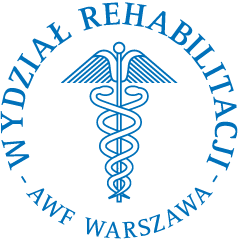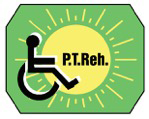


|
Current issue
Archive
Manuscripts accepted
About the journal
Editorial board
Reviewers
Abstracting and indexing
Contact
Instructions for authors
Publication charge
Ethical standards and procedures
Editorial System
Submit your Manuscript
|
4/2022
vol. 36 abstract:
Original article
Effect of high-intensity interval training versus moderate-intensity continuous training on plasminogen activator inhibitor-1 in Type 2 diabetic women
Ahmad Mahdi Ahmad
1
,
Faten Ali
2
,
Heba Mohammed Ali
3
Advances in Rehabilitation, 2022, 36(4), 17–23
Online publish date: 2022/12/08
View
full text
Get citation
ENW EndNote
BIB JabRef, Mendeley
RIS Papers, Reference Manager, RefWorks, Zotero
AMA
APA
Chicago
Harvard
MLA
Vancouver
Introduction
Elevated plasminogen activator inhibitor-1 (PAI-1) relates to thrombotic events in Type 2 diabetes. This study aimed to compare the effects of high-intensity interval training (HIIT) and moderate-intensity continuous training (MICT) on PAI-1 in type 2 diabetic women. Material and methods Twenty six type 2 diabetic women were assigned to two groups and data for eighteen was analyzed: HIIT group (n=8, 42.1±6.8 yrs, 33.1±4.95 kg/m2) and MICT group (n=10, 41.1±2.9 yrs, 35.2±2.6 kg/m2). Outcome measures were PAI-1, glycosylated hemoglobin (HbA1c), and body mass index (BMI). The HIIT group performed 4 x 4-min working phases at 85%–90% of peak HR (heart rate), followed by 3-min active rest intervals. At 65%–75% of peak HR, the MICT group exercised for 30 minutes. Both exercise interventions included a warm-up and a cool-down period and were performed on a treadmill for 8 weeks. Results HIIT group showed significant reductions in PAI-1 (29.09 ± 2.67 vs. 37.42 ± 3.52 ng/mL, p< 0.001) and HBA1c (6.45 ± 0.50 vs. 8.34 ± 0.44 %, p<0.001) compared to baseline. Also, MICT group showed significant reductions in PAI-1 (30.37 ± 2.92 vs. 38.49 ± 2.40 ng/mL, p<0.001) and HbA1c (6.78 ± 0.36 vs. 8.15 ± 0.63 %, p<0.001) compared to baseline. Non-significant differences were found in these outcomes between groups. BMI was not significantly changed in either group. Conclusions The MICT could be as effective as HIIT for reducing elevated PAI-1 and HbA1c levels in obese women with type 2 diabetes, regardless of BMI changes. The less vigorous MICT could be suggested in this patient population to improve fibrinolysis and hyperglycemia. keywords:
body mass, exercise, fibrinolysis, hyperglycemia index, type 2 diabetes |
    |